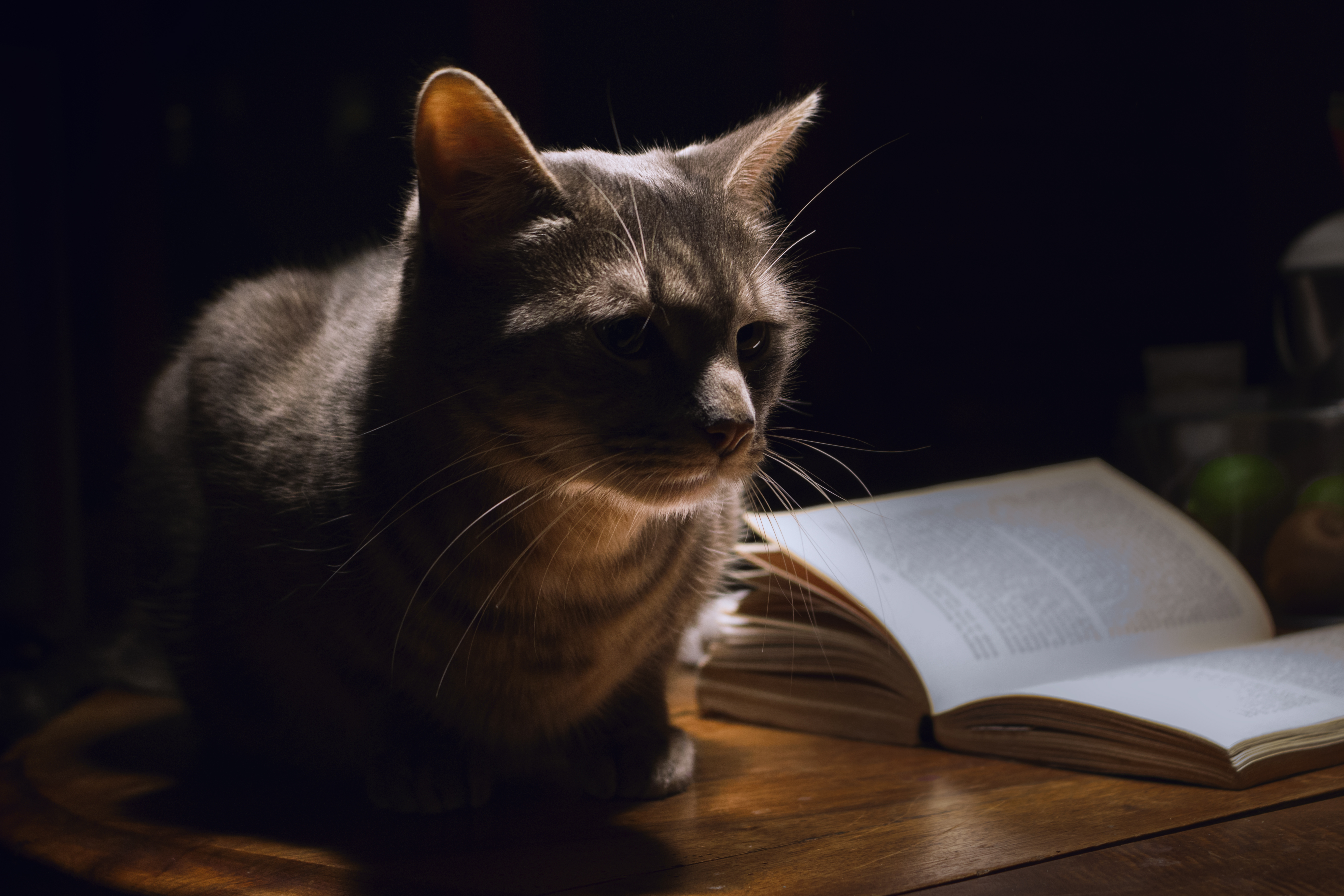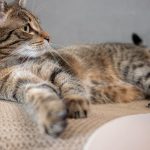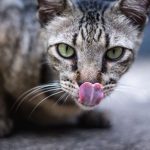You surely have heard of a dog who went to space. But have you heard of the cat who is the author of the thesis? That’s right, fabCats – there is a cat who became the author of a scientific work.
One of the ancient fabCat – Jack Hetherington – was a American physicist and mathematician of Michigan State University. In 1975 he created a scientific work on the properties of the helium 3 isotope in the solid state with a spatially centered crystallographic system (entitled “Two-, Three-, and Four-Atom Exchange Effects in bcc ³He”). Sound so unfamiliar? Relax, we also scratch our head while reading the title of this work, which is why we are all the more proud that the cat had his paw in the pie.
Professor Hetherington wanted to publish his work in the scientific respected journal Physical Review Letters. A colleague, to whom he had given his paper for review, suggested a small but very important amendment – he pointed out that Hetherington had used the first person plural in his text, and that the journal would reject this form on submissions with a sole author. So this small mistake could have big consequences and something had to be done about it.
There was no time to retype the article to use the singular form, which is why Jack decided to share his copyright with … a cat! Chester – Hetherington’s Siamese cat – became a co-author of the paper, publishing under the pen name F.D.C. Willard, which was invented as follows:
- FD – Felis domesticus (domestic cat)
- C – the first letter of the name of the cat (Chester)
- Willard – name of Chester’s father
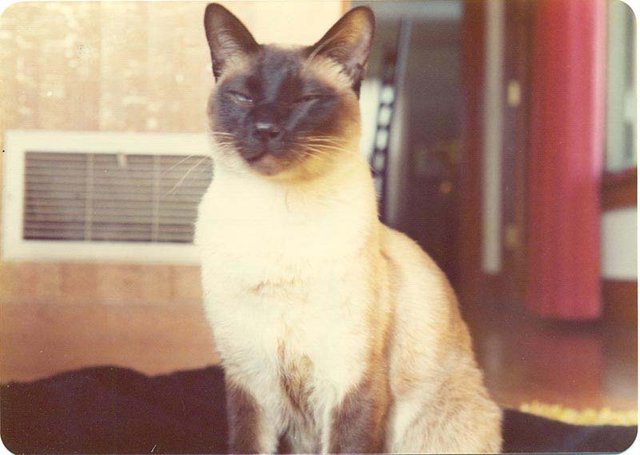
The publication, written by J. H. Hetherington and F. D. C. Willard, appeared in the 35th issue of the Physical Review Letters, and after receiving a copy from the publisher, Jack had dipped the cat’s paw in ink and pressed it on the paper making a signature (paw prints of co-author), and then sent these signed copies to his friends and colleagues.
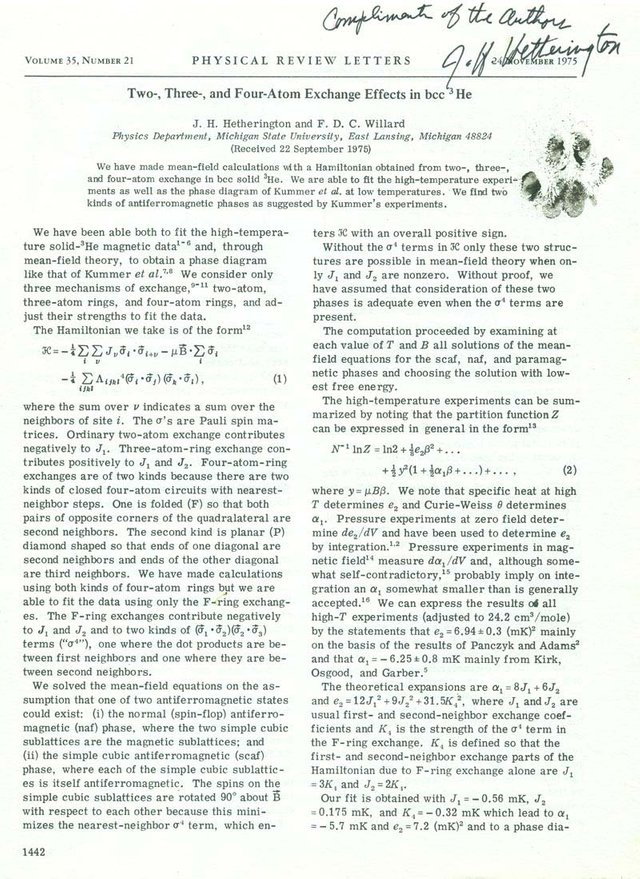
It’s worth pointing out that professor never hid who the mysterious F.D.C. Willard is. Unfortunately, the scientific community did not appreciate Chester’s contribution to physics, and on April 1, 2014, the American Physical Society announced a landmark change in policy: All scientific papers authored by cats would henceforth become freely available to the public. Of course it was a joke (it was April Fools’ Day), but the cat that inspired it was not.
Unfortunately, the successor of F.D.C. Willard has not yet appeared. Who knows, maybe there is a hidden scientific potential in your cat?

